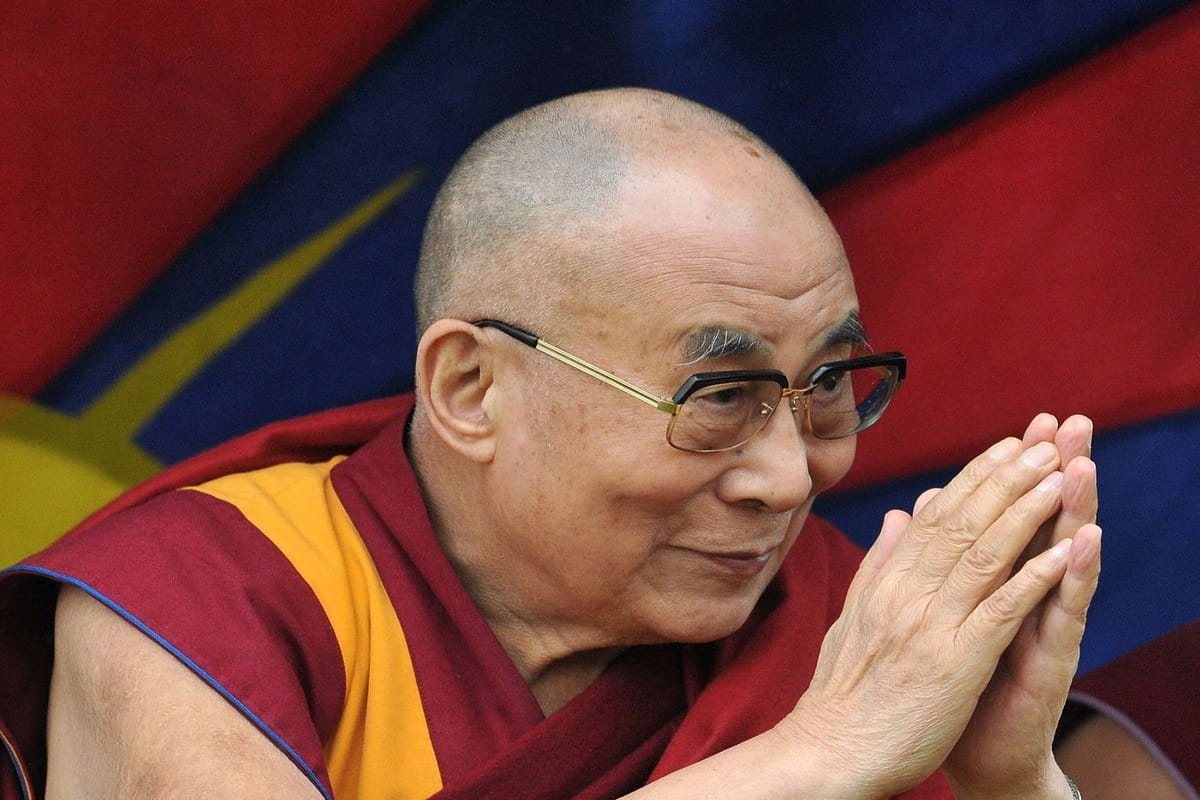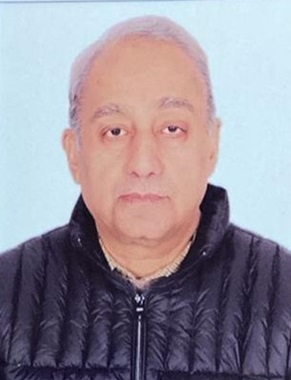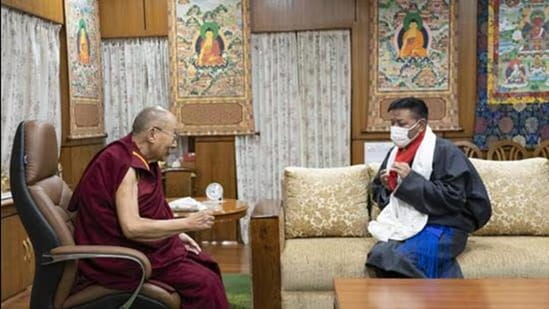
His Holiness the 14th Dalai Lama. | biography.com

The process of engagement cannot be episodic and must be sustained with an end goal in mind, namely, finding the reincarnation of the Dalai Lama in India. For India, a direct approach to the Dalai Lama by the External Affairs Minister, Dr. S. Jaishankar, is the ideal starting point. Pertinently, these will be talks to discuss both the succession issue and future of the Tibetan community in India. The outcomes will determine the roadmap for India and its ability to withstand Chinese influence in this regard.
Introduction
It was reported recently that His Holiness the 14th Dalai Lama would announce his successor on his 90th birthday, that is, 6 July 2025. The succession of His Holiness is an important national security issue for India and it is imperative that India be a step ahead of China to ensure that its interests are secured. Such a role entails India to actively debate and discuss the issue with key stakeholders within the Tibetan community as well as senior Gelugpa lamas. The process of engagement cannot be episodic and must be sustained with an end goal in mind, namely, finding the reincarnation of the Dalai Lama in India. For India, a direct approach to the Dalai Lama by the External Affairs Minister, Dr. S. Jaishankar, is the ideal starting point. Pertinently, these will be talks to discuss both the succession issue and future of the Tibetan community in India. The outcomes will determine the roadmap for India and its ability to withstand Chinese influence in this regard.
It is clear that while His Holiness will take the final call, the Gaden Phodrang (private office of the Dalai Lama) and Thubten Nyima, the 102nd Gaden Tripa (the actual head of the Gelug school) will also be deeply involved. The 14th Religious Conference held in 2019 had clearly reaffirmed that it was for the 14th Dalai Lama to decide on his successor. Given the overarching status of the Dalai Lama as the spiritual head of all Tibetans globally, the sentiments of the Tibetan community must be respected. One way forward in this regard is to urgently hold another meeting of the religious heads of all the Tibetan sects to discuss the matter of succession.
Tibet-China Talks
In July 2024, China and Dharamshala reportedly held direct talks, and Sikyong Penpa Tsering reportedly said that Beijing approached them first for talks, in contrast with past precedent when Dharmshala initiated the conversation. One reason could be that Beijing wanted to discuss the issue of succession with the 14th Dalai Lama. If this is indeed true, then it is more important for advocacy on Tibet to continue and for India to get into the act. Talks between China and the Tibetans (mostly with representatives of the Dalai Lama) have persisted for decades now, but it is clear that these are talks for the sake of talks. Today, Beijing is no longer interested in having a serious conversation. This is because China knows it has an upper hand in Tibet and controls the narrative. However, the fact that China is forced, at regular intervals, to reassert its sovereignty over Tibet, speaks volumes of its unconscious uncertainty.
Tibet’s Story
The battle of narratives over Tibet resurfaced last year when the US Tibet Resolve Act (June 2024) was passed. The Act clearly questions China’s historical sovereignty over Tibet when it states that it will “work to ensure that United States Government statements and documents counter, as appropriate, disinformation about Tibet from the Government of the People’s Republic of China and the Chinese Communist Party, including disinformation about the history of Tibet, the Tibetan people, and Tibetan institutions including that of the Dalai Lama…”. In the process of claiming sovereignty over historical Tibet, China has argued that recent archaeological finds closely connect Tibet with historical China. Also, part of this cultural blitzkrieg involves renaming Tibet as ‘Xizang’. But from time to time, China has shifted its own goalposts with regard to Tibet making it possible to counter its claims. For instance, the ‘formal incorporation’ of Tibet in the 13th century claim has since been moved further back to the 7th century, raising questions about China’s historical links to Tibet. China’s current strategy is to claim historical sovereignty over Tibet, but underlying this is the objective of weakening the India-Tibet link in the context of Buddhism.
Reclaiming Tibet’s history is essential. A renewed assertion based on historical documents, to reinforce the history, culture and traditions of Tibet is essential. Further, the emphasis on Tibetan Buddhism and its Indian origins are to be welcomed as China is claiming that it is the original home of Tibetan Buddhism. Anyone who has studied Buddhism and its historical movement away from the Indian sub-continent in several directions, including into Tibet, will understand how this religion changed and transformed as it moved outwards from India. The intrinsic connection between India and Tibet is Buddhism and its best living example is the 14th Dalai Lama.
The Tibetan Movement

His Holiness at a meeting with Sikyong of the Tibetan government-in-exile Penpa Tsering. | tibet.net
Speaking at an event in Delhi towards the end of last year, Sikyong Penpa Tsering said new steps were being taken to revitalise the Tibetan movement, which include renewed international advocacy about the plight of Tibetans the world over, and re-claiming ‘historical’ Tibet, which includes tracing the roots. One aspect of this is the proposed publication of a map of independent Tibet to counter China’s claim that Tibet has always been ‘Chinese’. The consequence of these new measures is a vigorous campaign within India to ‘educate’ young Tibetans about their homeland and an effort to re-claim Tibet’s historical status, which Beijing has recently been trying to hijack. This is essential as more and more Tibetans are moving overseas from India.
One may well ask why the insistence on action now, on this matter? This is simply because it is in India’s interests not to allow the Chinese to decide who will be the next Dalai Lama or be faced with a situation wherein two Dalai Lama’s are anointed, one an Indian, the other a Chinese. This requires an understanding of the history of Tibet which in turn is crucial for both the succession issue and settlement of the boundary issue with China. The issue of the Dalai Lama’s succession is today very important for India’s national security. The question is will India take the lead?
(Exclusive to NatStrat)